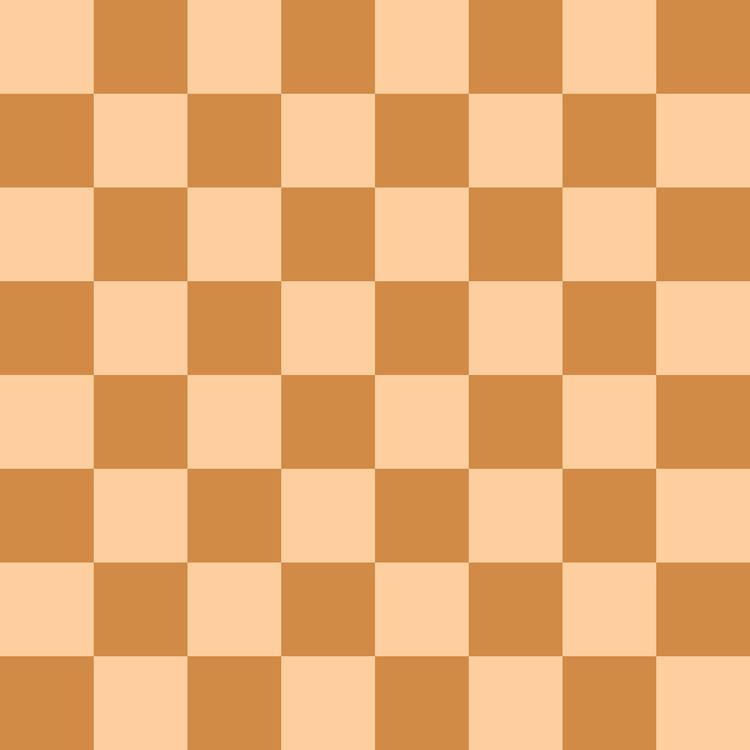 | ||
The camel (or long knight) is a fairy chess piece that moves like an elongated knight. When it moves, it can jump to a square that is three squares horizontally and one square vertically, or three squares vertically and one square horizontally, regardless of intervening pieces; thus, it is a (1,3)-leaper. Below, it is given the symbol L from Betza notation.
Contents
History and nomenclature
The camel is a very old piece, appearing in some early chess variants such as Tamerlane chess, but also in Wildebeest Chess. It is still known as such in fairy chess problems.
Value
The camel by itself is worth about two pawns (appreciably less than a knight), because of its colorboundedness and lack of sufficient freedom of movement on an 8×8 board. However a camel and a bishop and a king can force checkmate on a bare king (assuming that the attacking pieces are not on the same color); a camel, a knight and a king can force checkmate on a bare king, but not easily (there are thirteen types of fortress draws); a camel, a wazir and a king can sometimes force checkmate on a bare king, but it can take up to 77 moves. Even if they are on different colours of squares, two camels cannot checkmate a lone king. While the rook versus camel endgame is usually a draw, more winning positions exist than there are in rook versus knight and rook versus bishop endgames: the longest win takes 35 moves. (All endgame statistics mentioned are for the 8×8 board.)
Usage and value as a component
As a component of other pieces, it has about the same value as a knight (both pieces can move to eight squares). The camel plus ferz compound is used in Omega Chess where it is called a wizard, and the camel plus king compound in Paulovits's Game where it is called general.
Its long move carries the danger of unstoppable attacks in the opening and capturing winning large amounts of material. For example, if a camel plus wazir compound (LW in Betza's funny notation) replaces White's queen-side rook, then White can immediately win material with 1.(LW)b4, threatening 2.(LW)e5 winning Black's queen and 2.(LW)b5 winning Black's queen's rook; the threats cannot both be parried.
